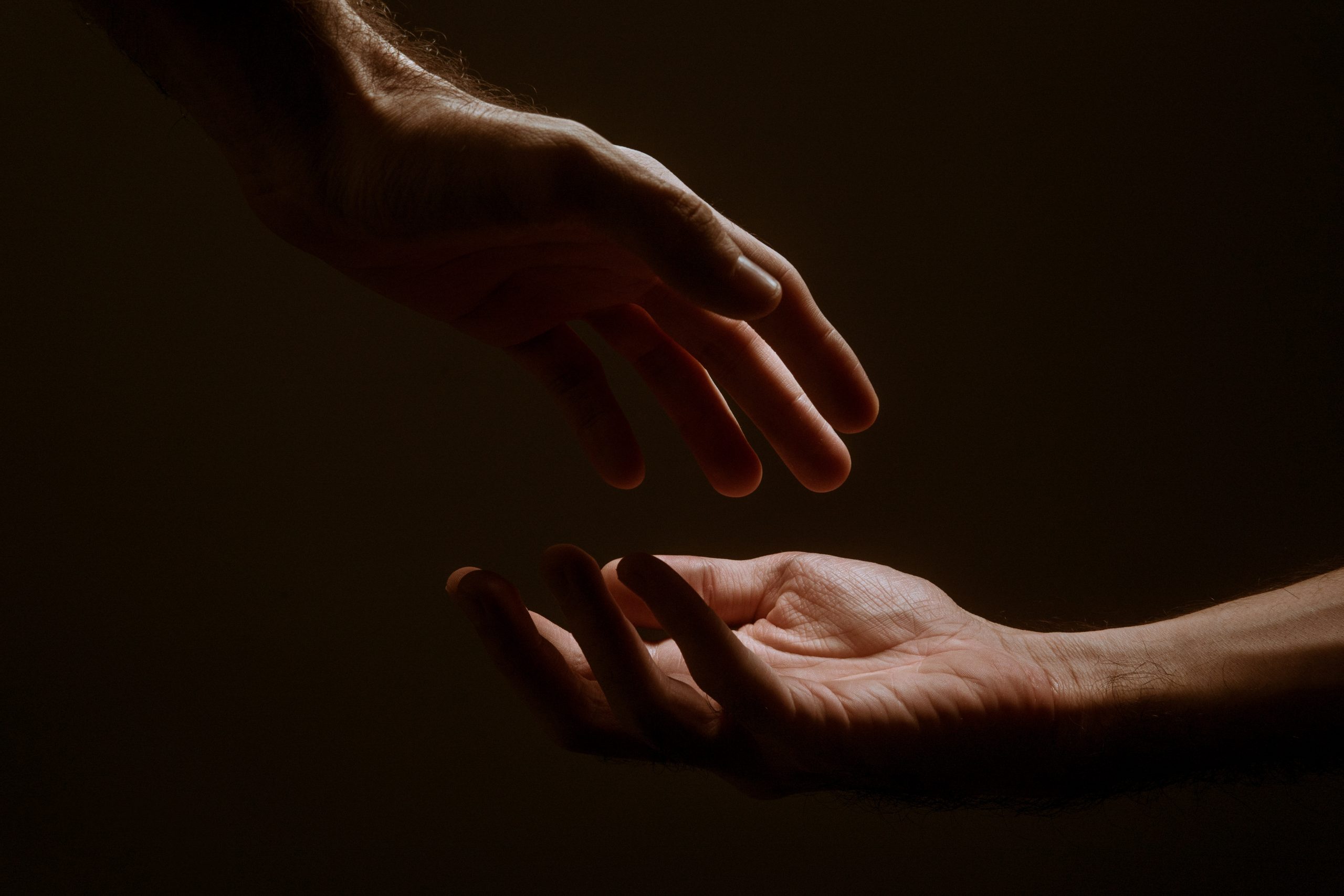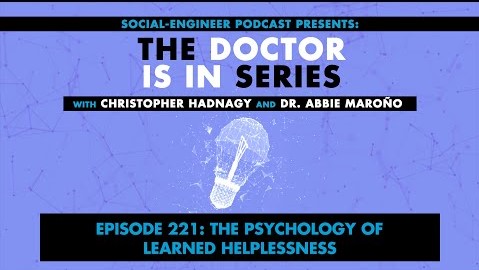WARNING
The following describes accounts of child sexual and physical abuse, which the Innocent Lives Foundation works to prevent. This blog contains content that some individuals may find disturbing or distressing in nature. Please be emotionally prepared before proceeding.
Names, locations, and other identifying information have been changed for the safety of the victims and the Innocent Lives Foundation team. Any similarity to actual names, living or dead, is purely coincidental.
After an accusation of sexual assault, or attempted sexual assault, there is an urgent need to determine whether the accusation is true or false and convict the appropriate party. As such, both the accuser and the accused go on trial in the eyes of the court, and to a large degree, in the eyes of the public. But, before we go any further, I want to stress that it is not just important, but essential, that we sustain this premise that an individual is innocent until proven guilty in the eyes of the law.
However, unfortunately, rape is a crime that leaves little evidence, other than DNA. In most cases DNA evidence is a goldmine for an attorney, however, it’s not quite so simple here. DNA evidence can prove that some form of sexual intercourse took place, it cannot, however, have any say on whether such intercourse was consensual. Evidence of physical harm to the body is also not necessarily confirmation of guilt as, once again, it is difficult to determine whether this occurred during consensual or non-consensual forms of intercourse.
Thus, to conclude a verdict, juries are too often directed toward the victim’s behavior following the event in question for information as to the validity of the accusation. The ‘expected’ behavior of someone who has been raped is to withdraw from any form of sexual contact for an indefinite period. If there is evidence of sexual promiscuity proceeding the alleged rape this could, and has been, used to convince the jury that the allegations are false. Not only does this situation highlight a lack of understanding as to different victim coping mechanisms, but it also increases the likelihood that a rapist will walk free.
In an attempt to combat this serious issue, we must first seek to understand a phenomena not often discussed; hypersexual behavior after rape.
It’s all about control
Rape is both a physical and psychological violation of a victim, taking away their physical bodily autonomy as well as a psychological sense of control over their own body. In other words, if an individual has communicated that they do not consent to having sex but was unable to stop it from happening, they may internalize this as them being incapable of preventing the sexual advances of someone who wants sex from them.
When next faced with an individual they believe to be making a sexual advance, the individual may see themselves as being faced with 2 choices:
- Resist the advance and risk re-experiencing the trauma of being raped.
- Consent to the advances and maintain control over their body.
These are, of course, not the only two possible outcomes of this scenario, but for an individual who feels their bodily autonomy has been taken away from them, these can feel like the only two options. When faced with this scenario, the thought of saying no can be extraordinarily overwhelming and devastating, thus leading them to try and maintain control by allowing the sex to take place.
Subsequently, it is possible for this behavior to spiral into the individual themselves initiating sexual advances with a series of new partners in an attempt to gain a sense of false control over their body and sexual choices.
I just want to pause here for a second and I want you to try and understand how isolating this feeling must be. To feel that you have no power or control over what happens to your body. To feel alone and afraid in your own body, as if it belongs to someone else the second that they decide as such. Imagine how scary it must be to view everyone around you as a potential threat and be so terrified of re-experiencing the trauma of being raped that you feel your only way to prevent this is to consent to having sex.
This is a feeling that no individual should have to suffer through, yet it is one so many do.
With this in mind, I want you to recognise that although it is easy to make judgments as to the motivations behind other people’s behavior, we truly have no idea what they have been through and what battles they are internally fighting. Likewise, when we observe an individual engaging in hypersexual behavior it is easy to label them as promiscuous or an array of names to that nature, but these labels are damaging and discourage healthy dialogues around sex and sexual motivations.
Not every victim copes as ‘expected’ and we must work to educate ourselves on the matter, non-judgmentally, to support their healing and justice as best we can.
For more insights on this topic, you can also listen to the podcast episode “The Doctor is in Series: The Psychology of Learned Helplessness: on the Social-Engineer website:
www.social-engineer.org/podcasts/ep-221-the-doctor-is-in-series






